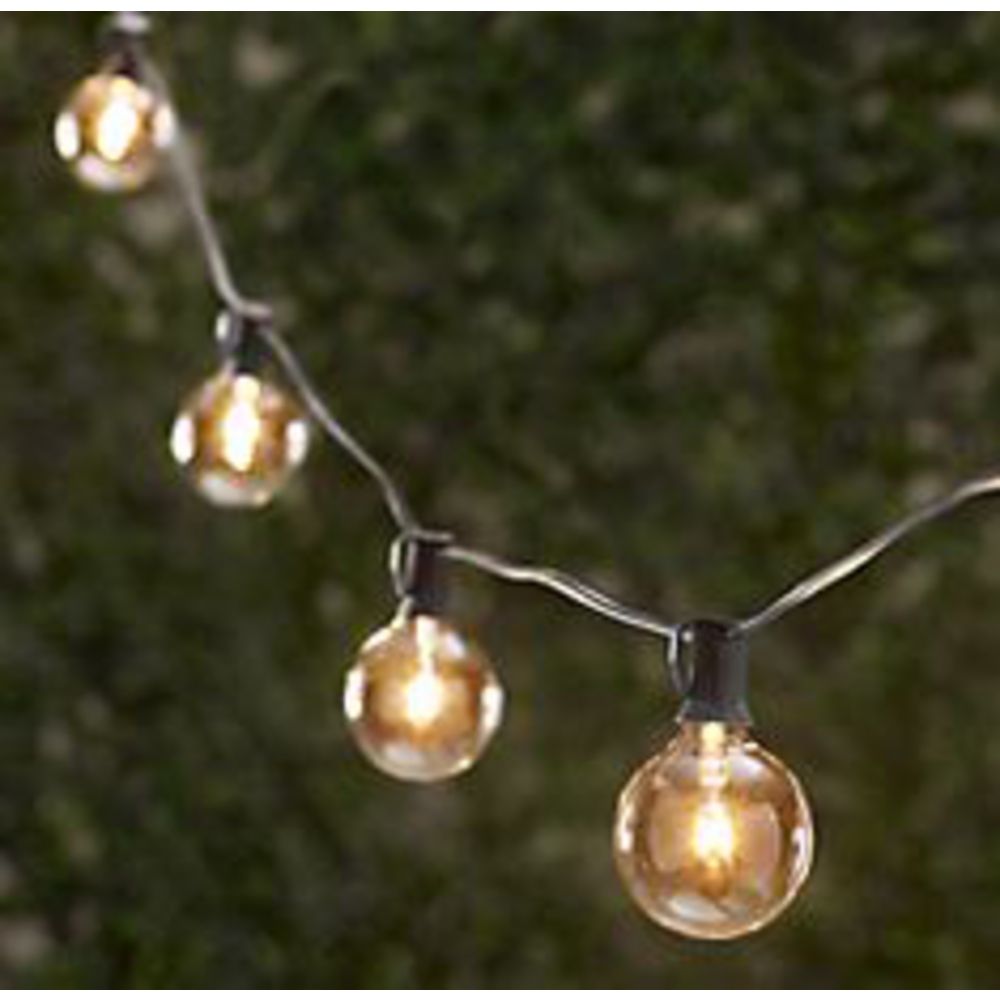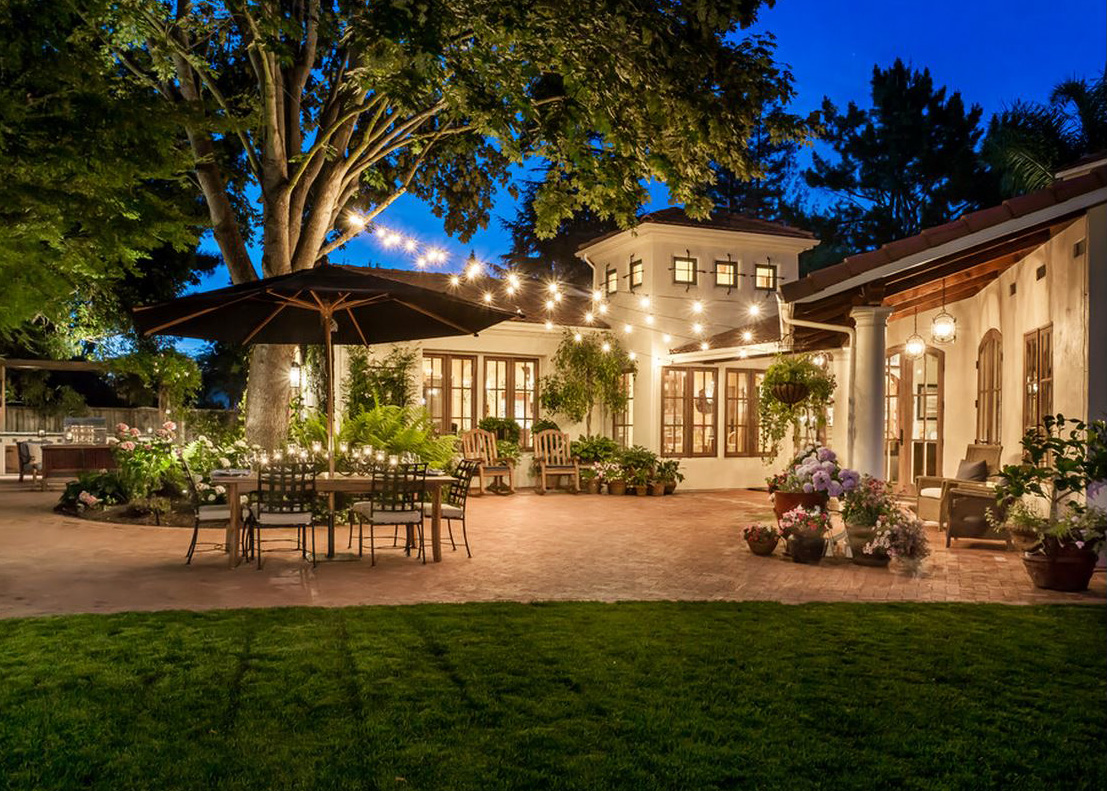How to hang outdoor string lights
String lights illuminate decks, porches and other outdoor areas around your home. They hang as holiday decorations and as permanent light sources. Whether you use these lights for everyday illumination or as accents for special occasions, there are plenty of things to consider when you hang string lights.
Measurements and Preparation
Large areas may need more strings than small areas, but there are more things to consider when you plan your display. You’ll also need to figure out how close you plan to hang each line of bulbs. Tight string displays cast more intense illumination than sparse configurations, and setups with more room between each line cast softer light in the area.
Common Patterns to Use When Installing String Lights
Many homeowners install party lights in straight lines based on existing architecture. These strings follow your ceiling rafters and cover wide areas. Other options hang lower, or on guide wires between outdoor structures. You can use V-shaped designs for accent lighting or X-patterns to accentuate light around specific areas.
This is where you get creative. Plot out where you’ll install your lights and use a tape measure to determine the precise distance from start to finish. Be sure to give extra room if you plan to let your strings hang a little between their connection points. Draped lights hang in loose arcs, so consider the extra distance as you make your calculations.
Once you know the distance you need to cover, you can choose your lights. As with all outdoor lighting, it’s important to check for wet-rated lights if you plan to hang your strings in uncovered areas. Damp-rated lights are acceptable on porches and in many other spaces with roof coverage.
Testing and Hanging String Lights
Test each string of lights before you install anything. Just plug them in and make sure they all turn on. If everything works, unplug the lights and get started. If you’re working with especially large or delicate bulbs, you can remove them from the strings while you work. Because most string lights plug into wall outlets, you won’t need to work with many electrical wires. Just hang your strands along the plotted lines and leave enough room to reach the electrical socket.
Installations on Wood Rafters and Beams
For permanent installations, you can use a staple gun to secure your lights to rafters and beams. These tools shoot fastener directly into wood, so it’s important to check your depth settings before you start. Proper depth holds the wire to the wood without severing the connection or putting too much pressure on the wire itself. Start this installation at the point closest to the electrical outlet, and remember to leave yourself enough room to plug the lights in once you finish the installation. This method creates clean lines directly across porch ceilings and garden walls.
 Installations on Guide Wires
Installations on Guide Wires
Guide wires provide much more flexibility than surface installations. They hold the strands in place across wide areas, so you can create loose-hanging canopies of light. To achieve this classic look, you first need to install eye bolts. These bolts have loops on their exposed ends and hold wires to solid wood supports. Screw them in at the points you chose earlier. Every strand of lights needs at least two eye bolts, one at each end. You can use one eye bolt as a connection point for multiple strands as well. Just look for the spots in your design where multiple wires meet.
Once your eye bolts are in place, you can install the wires and turnbuckles. Turnbuckles connect to one end of each strand, directly to the eye bolt, and minimize torsion from wind. Just loop your cables into the eye bolts (or turnbuckles) and lock them in place with wire clamps. After these cables are set up, lock your string lights in place with cable ties.
How to Work with Multiple Strands
If you need to cover a large area or provide a small area with dense coverage, you can often connect multiple strands for extra length. Connectable string lights have male and female plugs for quick installation. Check your manual to find out how many strands connect to a single outlet. If your fixtures support additional connections, you may be able to work with three or four strands on a single continuous line.
It doesn’t take long to set up party lights and, if you plot your work first, you can create all sorts of appealing patterns. Whether you need permanent outdoor lighting or a fun accent for special events, there are plenty of ways to use string lights outside your home.
*Legal Notice: Destination Lighting content is for information only. It is strongly recommended that you consult a professional before attempting any lighting or wiring projects. The company is not liable for misuse of its content.

